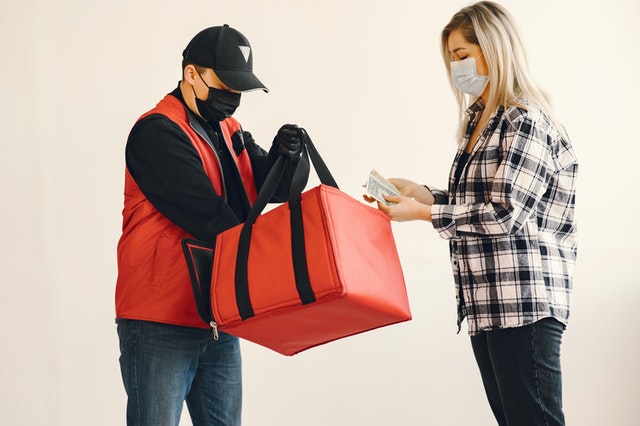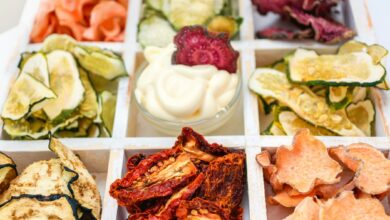The COVID-19 outbreak that has infected millions and killed hundreds of thousands across the world has done more than just damage our health: It has fundamentally altered countless aspects of our economy and our entire way of life.
This has happened across numerous areas. One such disruption has occurred in the way we eat out. For many people across the world, eating inside a restaurant has become a thing of the past, at least for now. Many food establishments are still shuttered for indoor eating, forcing customers to either eat outside or consider takeout.
In many cases, restaurants that had never before considered engaging in some sort of delivery service were forced to in order to survive. As a result, they turned to mobile apps like
GrubHub,
DoorDash, or
Uber Eats. These services have thrived during this difficult time period, and as a result, many restaurants have been able to survive.
Why These Apps Have Become So Critical During The Pandemic
Indeed, countless restaurants have noted in news stories that these services have become absolutely vital to their survival. There are three pandemic-specific reasons for this.
First, governments across the world and the United States were forced to shut down food establishments and bars during the height of their pandemic. In many cases, social distancing was simply impossible in these establishments. Masks cannot be worn while at a restaurant either, as patrons obviously need to eat and drink. Indeed, some states, such as Pennsylvania, have reenacted restaurant and bar restrictions after data showed that many people were contracting COVID-19 while at these establishments. At a national level, Dr. Anthony Fauci, head of National Institute of Allergy and Infectious Diseases, apparently told United States Governors that the best thing they could do to slow down the spread of COVID-19 was limit indoor dining capacity and close bars.
Secondly, it is worth noting that there is a real danger to the safety of waiters and servers in working at restaurants during these times. While mask-wearing is able to protect the wearer to an extent, their primary goal is to protect the individuals around them. Failure to wear a mask can risk the health of others. In this case, that means staff. As such, many servers and waitresses would risk getting sick by coming to work, potentially endangering themselves and members of their family. As a result, many eating establishments were having trouble getting staff to come to work.
Third: People are aware of these issues. Even if there were no governmental restrictions, it is highly likely that people would be less willing to eat out. Such has been the case in states with lowered restrictions and countries that did not engage in any preventative measures, like Sweeden, as all have suffered economic activity drop-offs from people less willing to go out during these troubled and dangerous times.
How These Apps Work
Thankfully, the set-up behind these services is relatively simple for participating restaurants. In most cases, it is a matter of a restaurant contacting the vendor of their choice and enrolling in their program. The service will then work with the food establishment to give them the necessary equipment to allow them to fulfill all orders. Establishments will be expected to fulfill these orders and have them prepared for drivers who then make the deliveries.
As has been noted in media reports, this allows a participating restaurant to easily have access to a delivery service that is available to customers with the literal touch of a button on their phone. Orders can be placed over the service’s website or by using one of many apps.
Of course, that doesn’t mean that there are no downsides to using these services, as there are many pitfalls. First, they are expensive – more expensive than running delivery on their own or ordering takeout. Customers pay fees when they place an order, increasing the price, but food establishments pay fees as well. This will cut into an already thin profit margin. Indeed, this has resulted in some local Chambers of Commerce and other economic development agencies pushing customers to order directly from a restaurant, not one of these apps.
Second, by using one of these services, food establishments are outsourcing control over their product. If a delivery driver is slow, the food may be cold. If they are an erratic driver, an elaborately set dish may fall apart and look sloppy. This may boomerang on a restaurant and result in a poor review.
That being said, the positives of using these services are significant. Services like Grubhub run national marketing campaigns, exposing dining establishments to brand new customers, even during COVID-19. They also allow businesses to continue to gain customers and keep employees safely employed. As such, it is usually worth it for a restaurant to enroll in one of these delivery services






